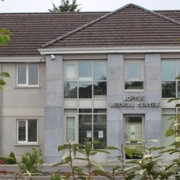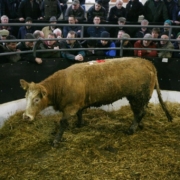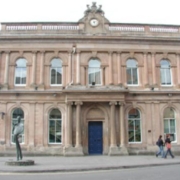Kingstone Well
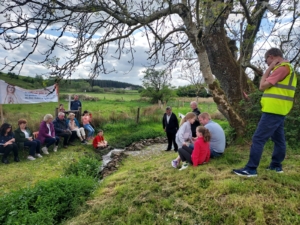
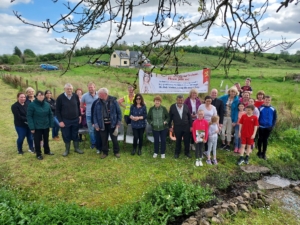
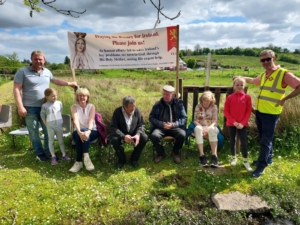
Some general photo’s
Toomour Abbey
Greenane Church
It would be greatly appreciated if anyone with details about the Church in Greenane, could forward such details to us.
More content coming shortly…
Cillín Church
THE CORRAN HERALD • 2013/2014
Cillín Monastic Site by John Higgins
This is a very historical parish, being
the birthplace of Ireland’s first Árd
Rí, Cormac Mác Art, and the setting
for the epic tales of the Fianna
related in legend and story. As we
know from archaeological research
people have lived here for thousands
of years, in the forts and raths that
are so numerous all over the area.
They worshipped old gods and built
dolmens and cairns to mark the burial
places of their dead. Carrowkeel is
only over the hill from Cillín, where
cremations and inhumations took
place. The advent of Christianity
with the coming of St Patrick had a
profound influence on society. He
did not change the old pagan ways of
worship but gave them a new Christian
meaning. Soon monasteries spread all
over the country; these were centres
of religion and education and catered
for the spiritual needs of the people.
There were two main monastic sites in
this parish at the time: Drumrath and
Toomour. Greenan was a later offshoot
of some type, perhaps associated with
Toomour.
Templevanny and Cillín are of
a much later date, being granges
or outlying farms belonging to the
Cistercian monks in Boyle Abbey,
which was founded in 1161. Cillín is
situated in the old parish of Toomour,
and a bullan stone and some metal
slag found here helps to find a date
for its foundation. The name Cillín
suggests that there was a graveyard
here where children who died without
baptism were buried. On the 1838
Ordnance Survey map a mill with a
kiln and fishery is marked to the west
of the church. The church and cells
for the monks were established here
to enable the monks who worked the
lands – then known as Abbey Lands –
to celebrate the divine service.
The Cistercians were granted 50,000
acres of land west of the Shannon
and there is a reference to ‘Cluain
Cath’ [Battlefield] as being part of
this grant of land. These lands were
granted to the Cistercians to repay
them for ministering to the spiritual
needs of the people. This site was
probably circular in shape. It would
have been surrounded by a large
fence for protection, and the church
itself was built of stone. The monks
who lived there had their own cells
around the church. They were largely
self-sufficient, living by the labour
of their own hands. Sheep pigs and
cattle provided foodstuffs, clothing,
footwear, tallow for candles, and
vellum for writing. Wheat, flax, oats,
barley, vegetables and herbs were
grown. Bee-keeping provided honey
and oxen and horses were used on the
farm.
These monks looked after the
spiritual needs of the local people. The
Abbot was the head of the monastery,
and the almoner dispensed alms to
the poor. The daily life of the monks
centred around the ‘Book of Hours’
which was the main prayer book. It
was divided into eight sections, or
‘hours’, that were meant to be read at
specific times of the day. Each section
contained hymns, psalms and other
readings to help the monks secure
salvation. Each day was divided into
eight sections or sacred offices during
which time the recitation of the Divine
Office took place. The monks fasted
daily until evening, and their day was
spent almost in complete silence with
a great deal of solitude. They saw their
life as a journey to God and they fixed
their eyes on the destination rather than
the passing pleasures of this world.
However, many of the monks failed
to live up to this austere discipline
and opted out. The rule of life for the
Cistercians was very strict and the
main reason they had been invited
here was to reform the Church, which
both morally and organizationally
had fallen out of line with the rest of
Europe. There was spiritual and moral
laxity, the sacraments were neglected
and corruption was rife, so it was
obvious that reform was necessary as
the era of Ireland’s Golden age had
long ended. At the synod of Kells in
1152 the present Diocesan boundaries
were agreed on. The lay lords of
the time made most of the clerical
appointments. They administered the
Abbey Lands mainly for their own
benefit and often without regard to the
interests of religion. If an unpopular
Abbot was chosen by the Pope, the
Abbey Lands would be seized by
the supporters of the disappointed
candidate. Therefore the wealthy
monasteries had left the country
without even the bones of a clerical
organisation based on a secular
priesthood.
Tadgh McDonagh was steward of
these Abbey Lands here and he and
his son built a residence, a church
and guardhouse that became known
as Tampall a Mhanaigh Templevanny
(Church of the Monks). They were
not welcome here and the local people
resented the heavier dues and task
work which Tadgh and Boyle Abbey
demanded. Because of his flowing
red hair the locals called him Manach
Rua, and he became supreme arbiter in
all matters lay and spiritual. His word
was law, and for the slightest offence
one could be imprisoned in his prison
house at Templevanny or hanged
at Cnocan na Cruaiche (Hill of the
Gallows) Knocknacroy in Keash. He
is buried in Templevanny Churchyard
under the long stone.
In 1586 these lands were granted
to Patrick Cusack and lay abbots
ceased to be appointed. The worldly
minded were weeded out of the ranks
of the priesthood, the monasteries and
their lands were confiscated during
the reign of the Tudors, and Cillín
like other monastic sites passed into
oblivion. These venerable ruins are
relics and memorials of our past and
out of this hallowed place of prayer,
hymns and the celebration of the
Eucharist was heard and celebrated
hundreds of years ago.
This article is from a talk given by
John Higgins, retired Principal of
Culfadda National School, at Cillin
in June 2012 as Mass was celebrated
in preparation for the Eucharist
Congress.
Sources
High Hollow Townlands, John Garvin
History of Sligo, O’ Rourke
Book of Ballymote, Mc Donagh
The Heart of Ireland, Fr Sharkey
History of Achonry, Fr Liam Swords
Cross on Keash Hill
The parish priest Fr Gabriel Murphy led a pilgrimage to the summit of Keash Hill on Sunday September 14th, 2014. He celebrated Mass for the very large congregation at 1pm at the Cross which had been erected in the year 2000 to replace the original Cross which was erected in 1950. Pilgrims of all ages from the Parish and surrounding areas participated and all carried a small pebble as a symbol of the gift of faith they have received. Everyone found the pilgrimage spiritually rewarding and fulfilling.
It would be greatly appreciated that anyone with further information about the cross on Keash hill (ie old cross or new cross) forward that information to us for publication on our website.
More content coming shortly…

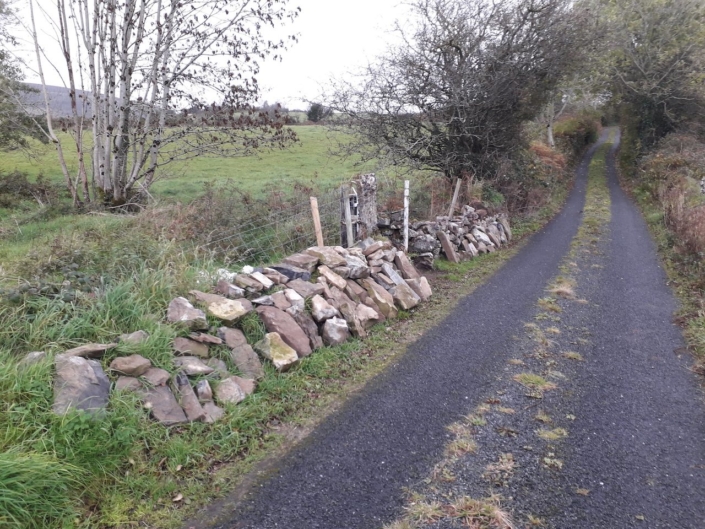
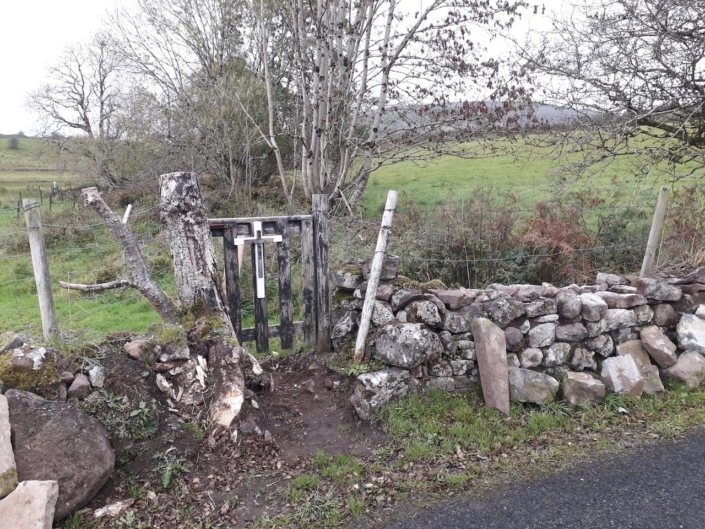
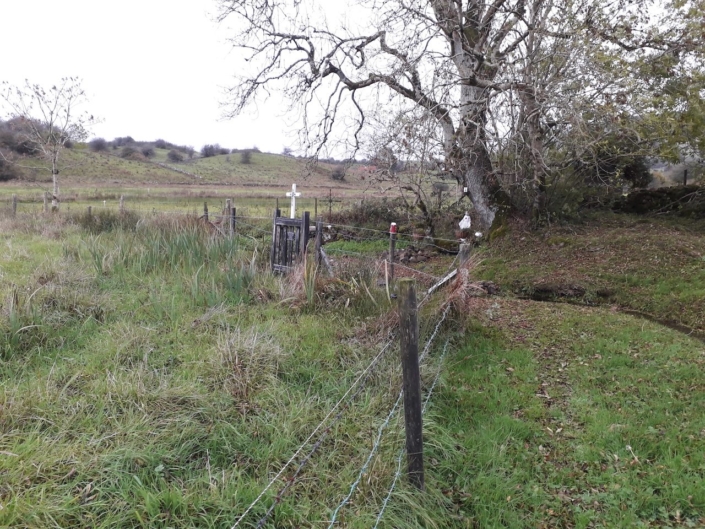
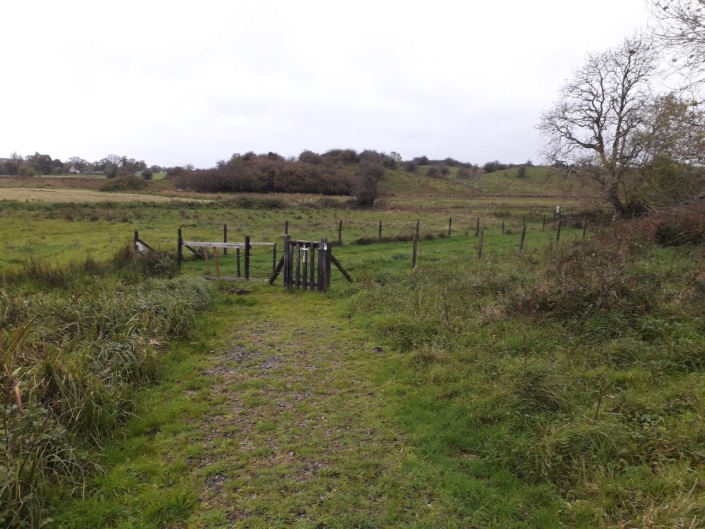
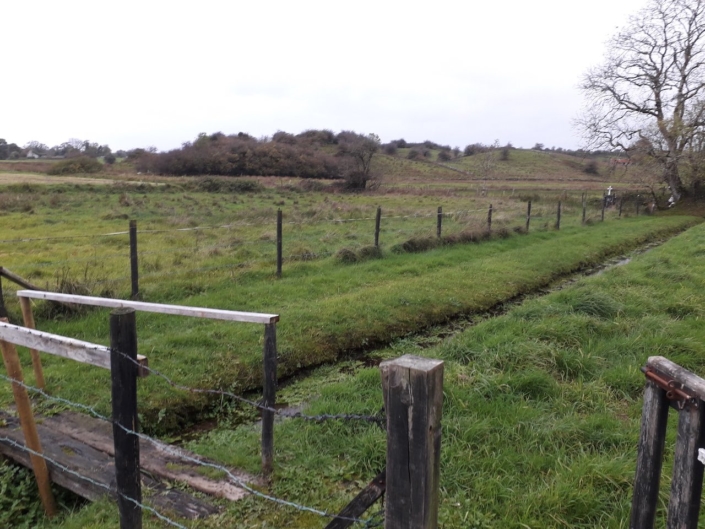
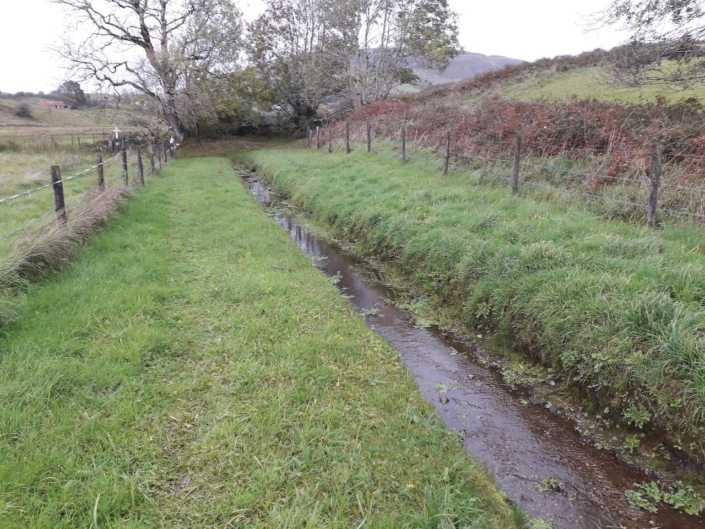
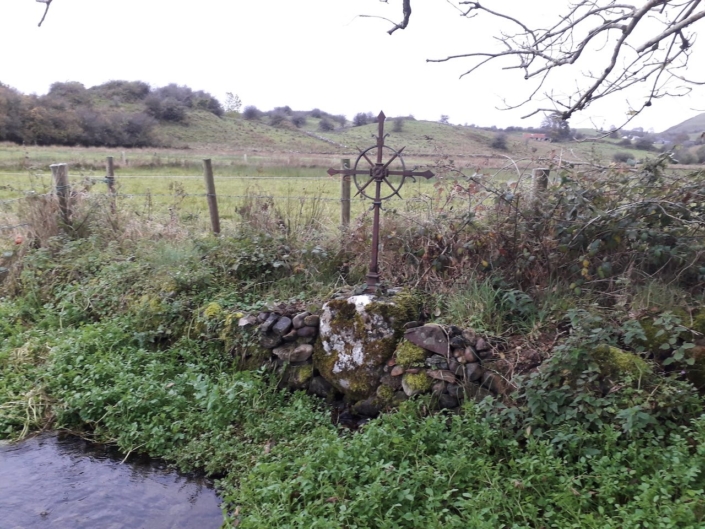
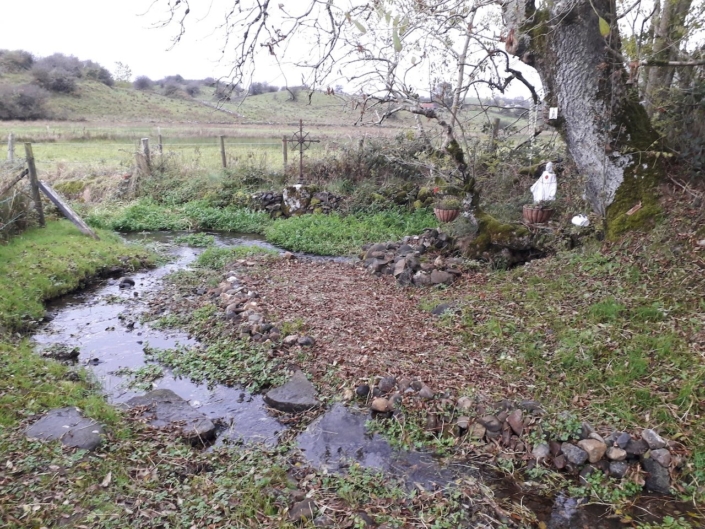
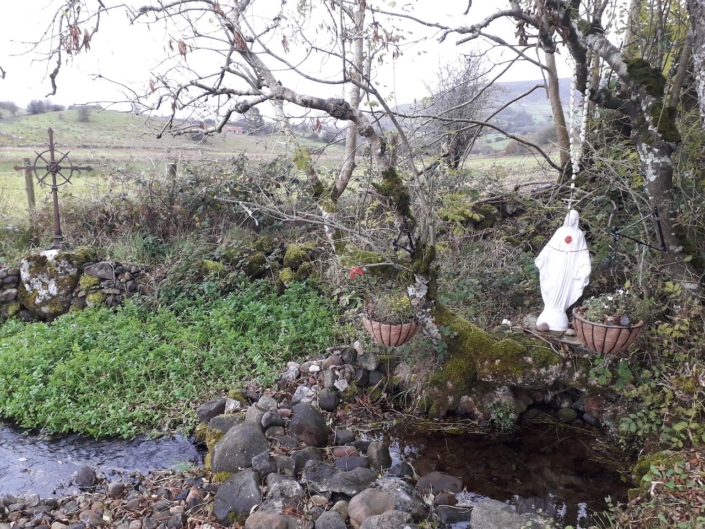
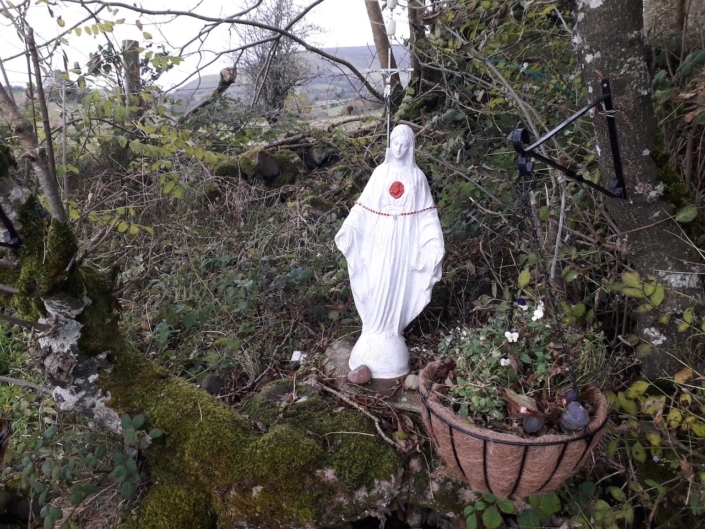
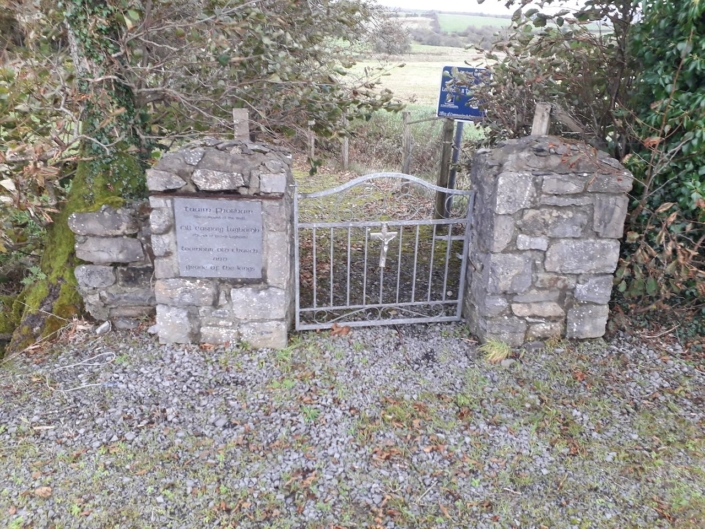
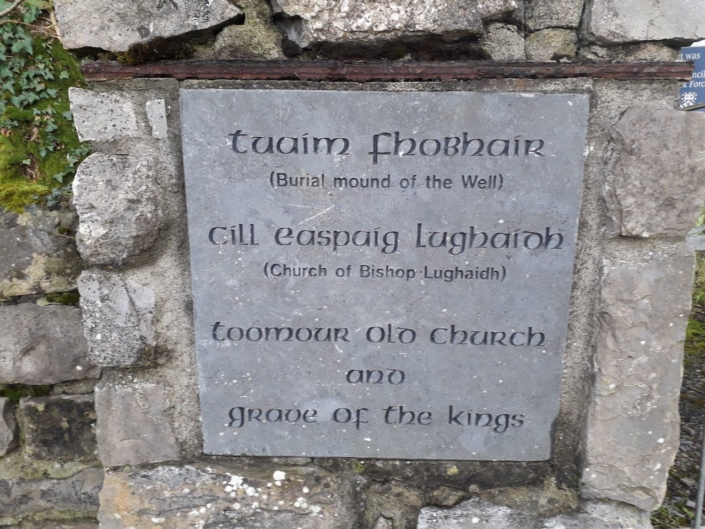
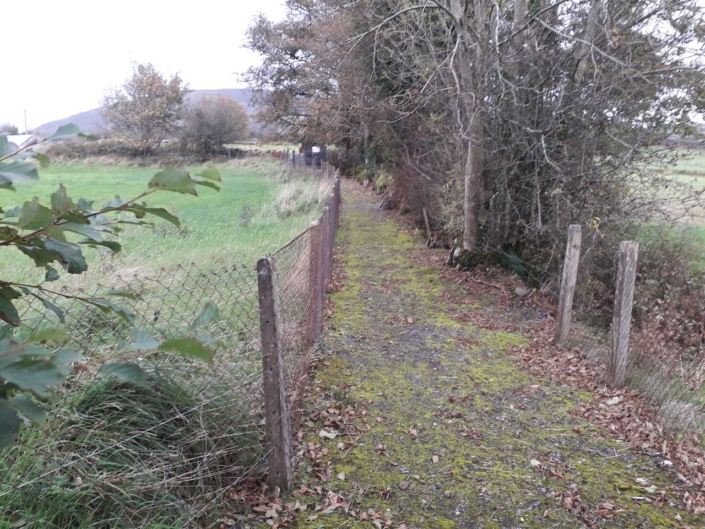
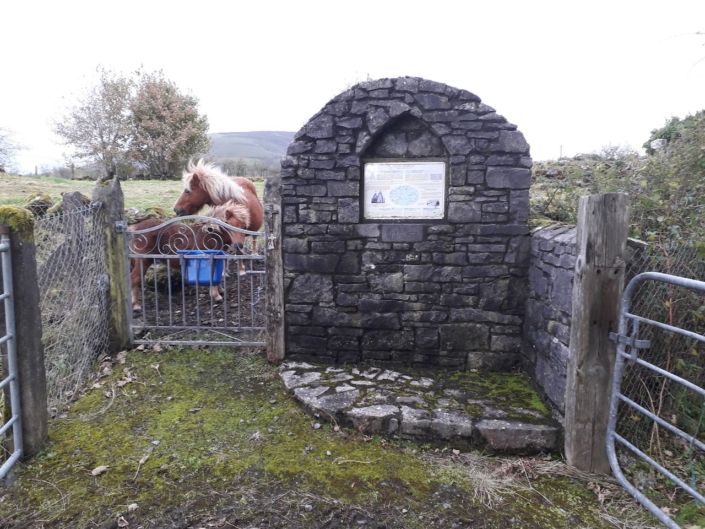
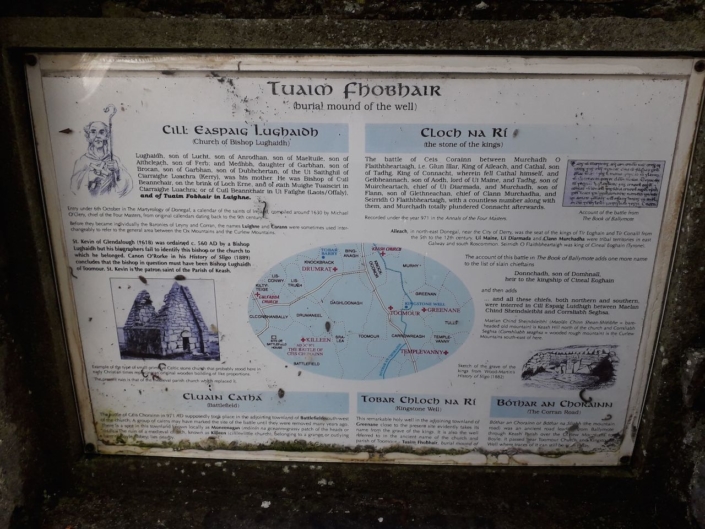
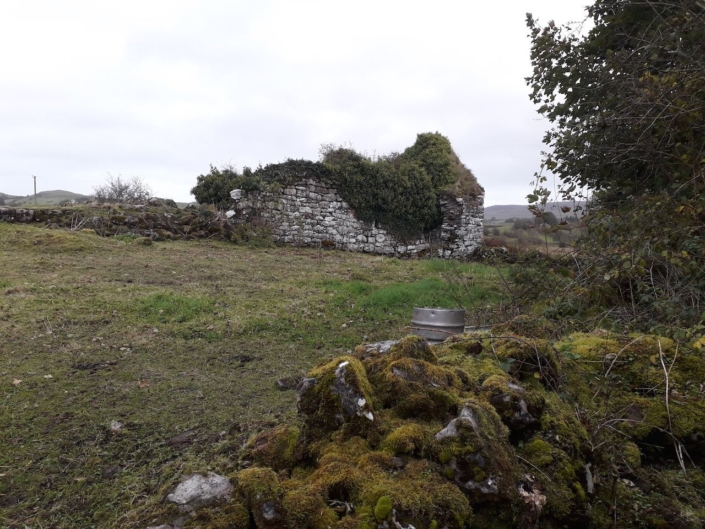
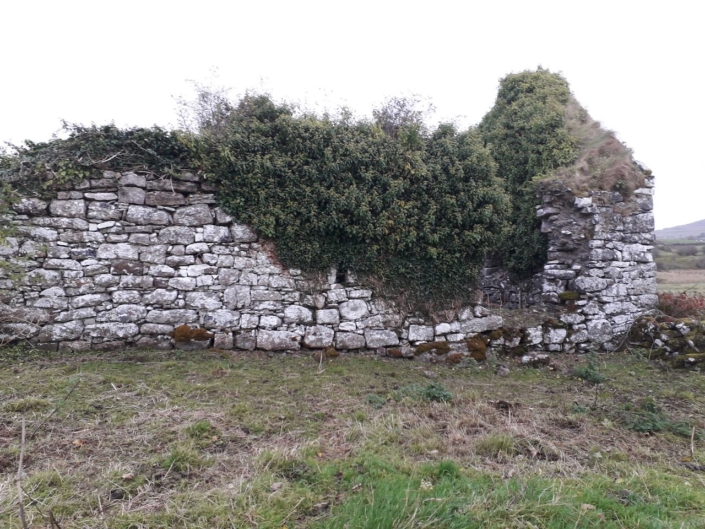
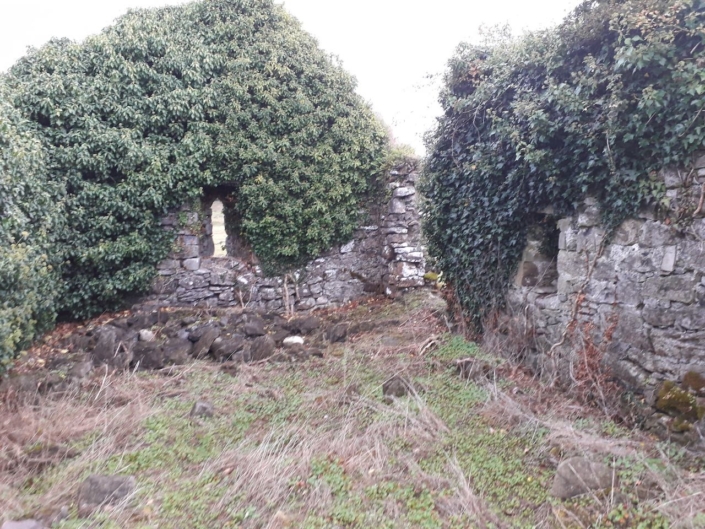
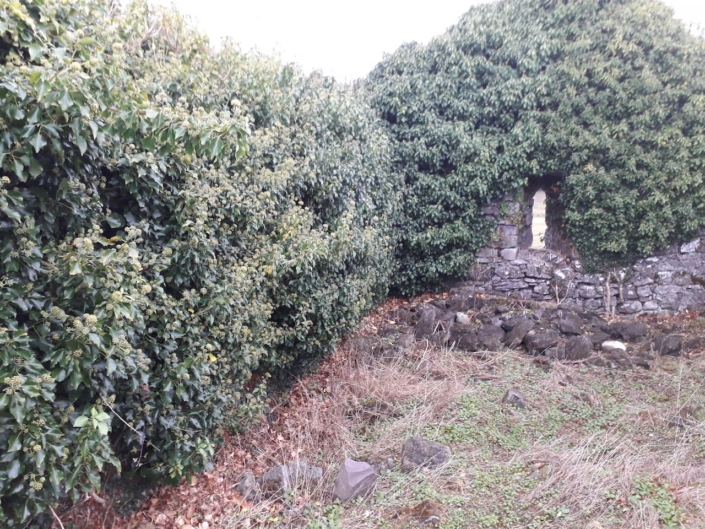
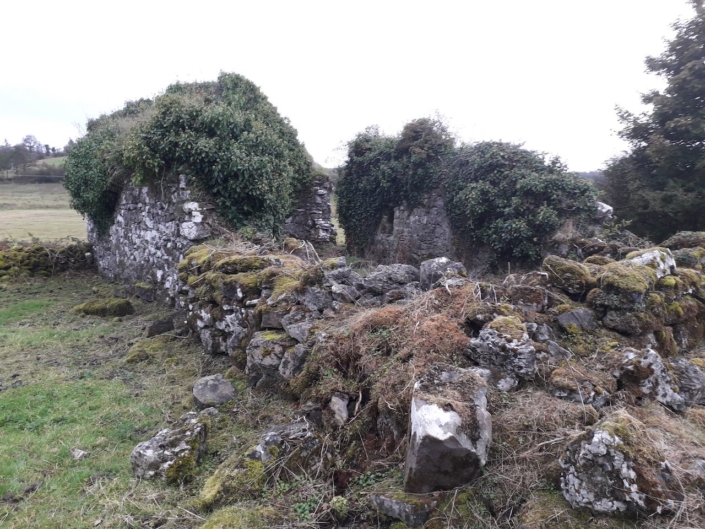
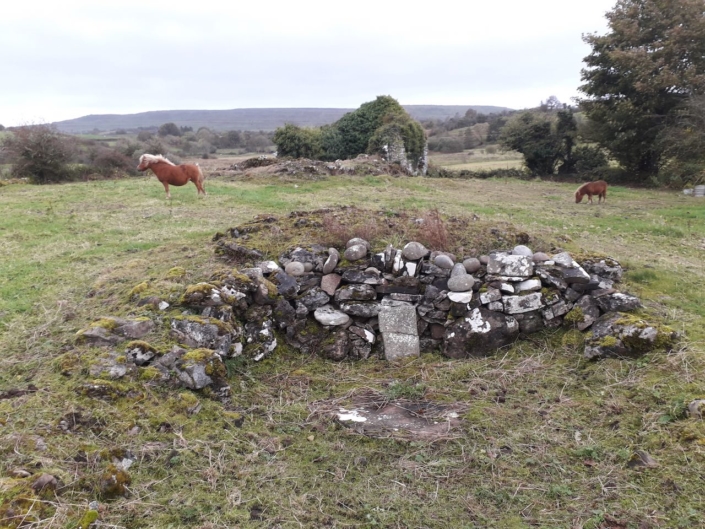
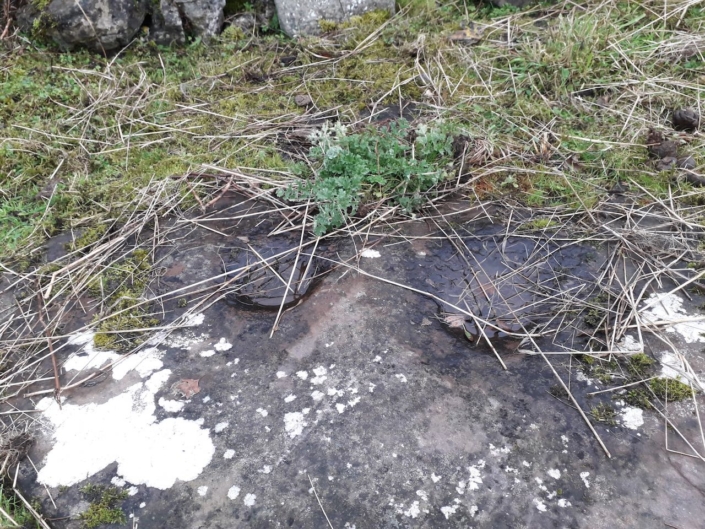
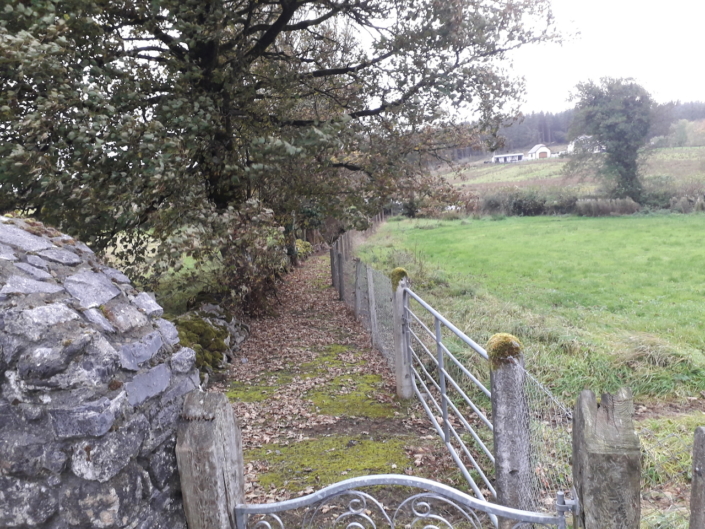
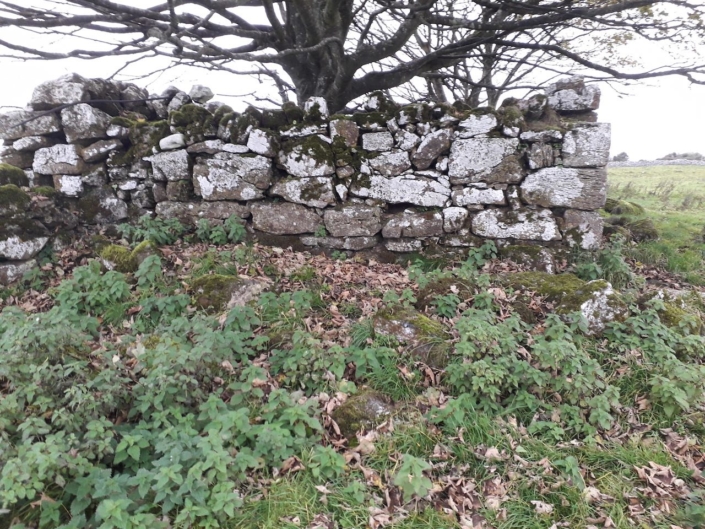
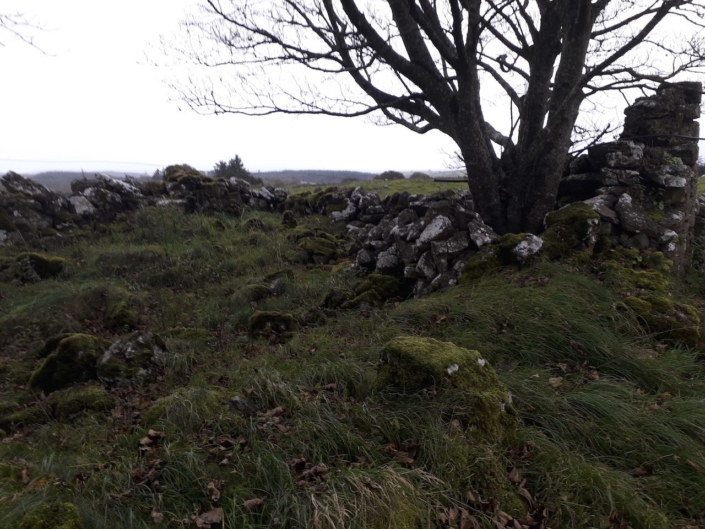
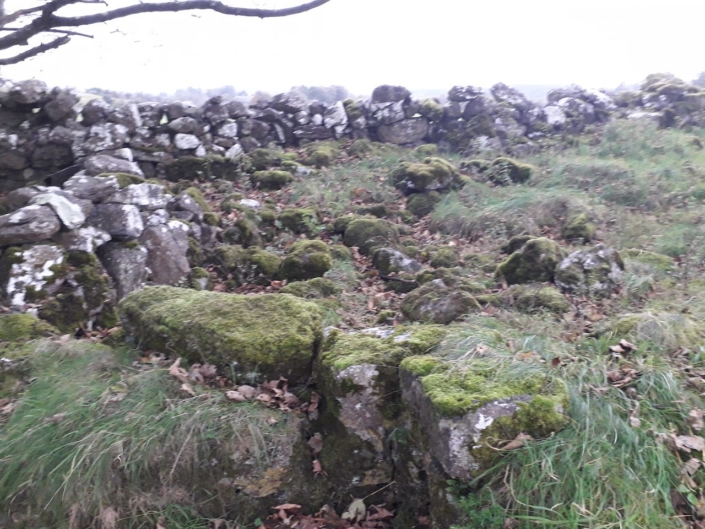
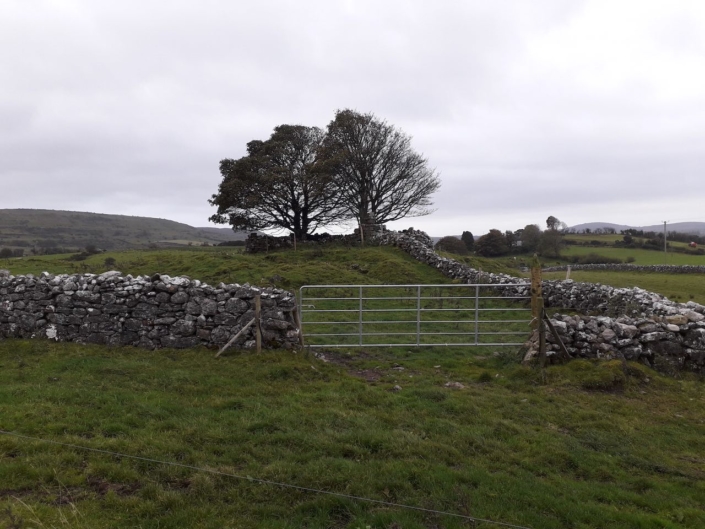
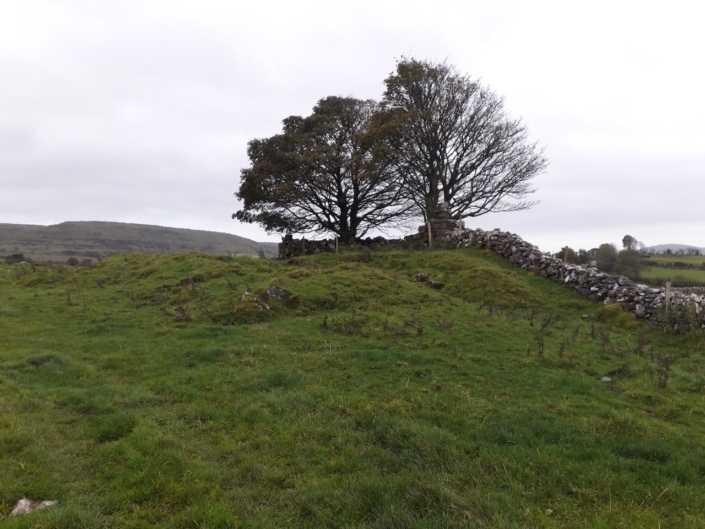
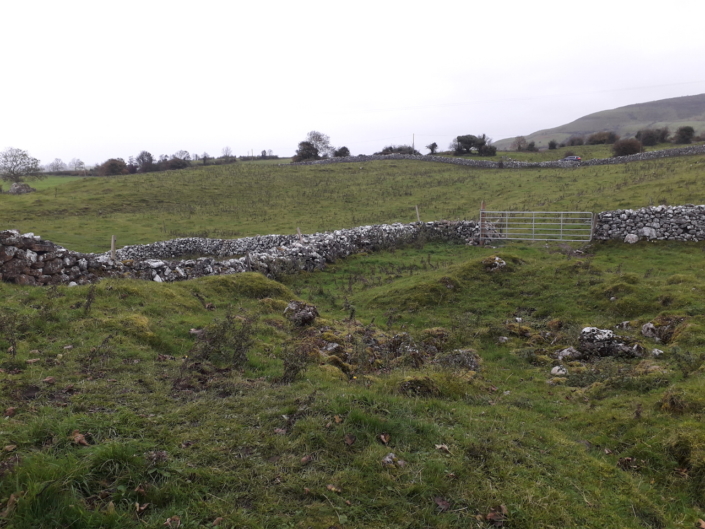
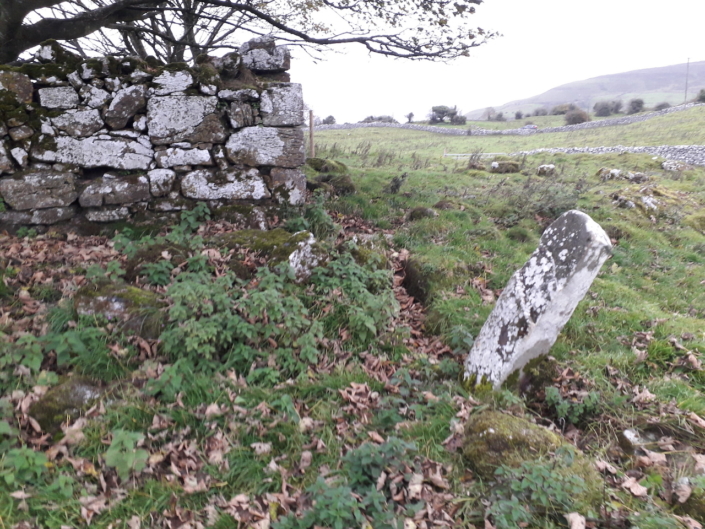
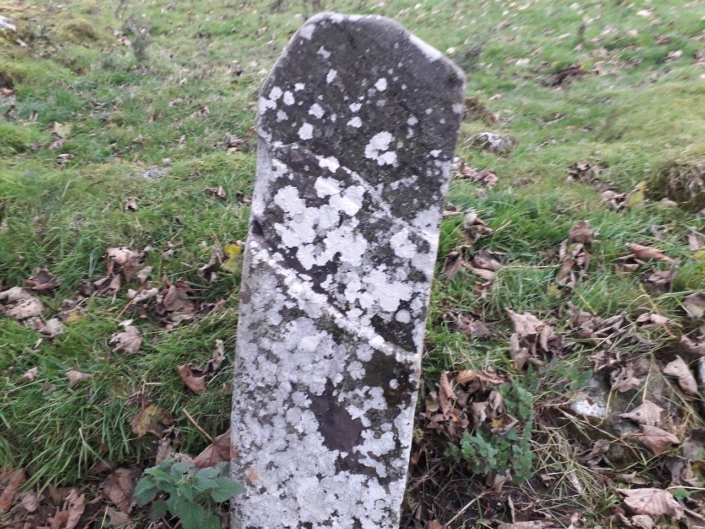
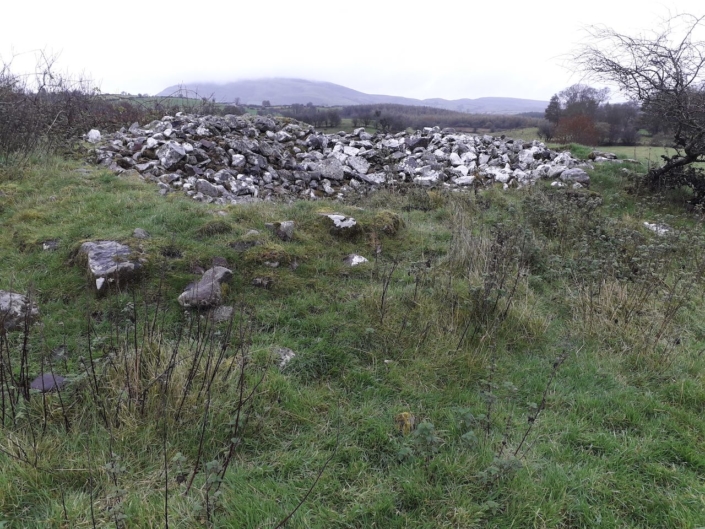
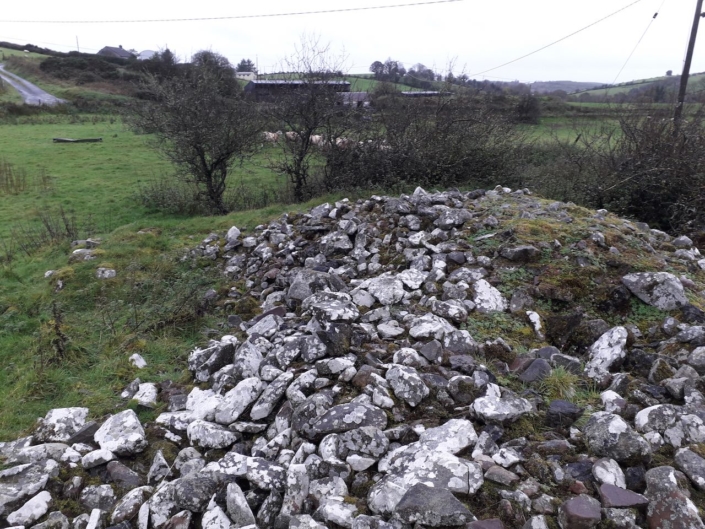
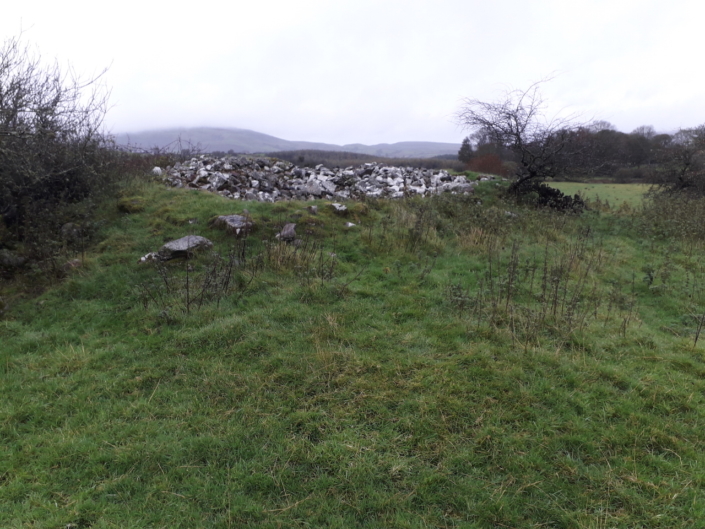
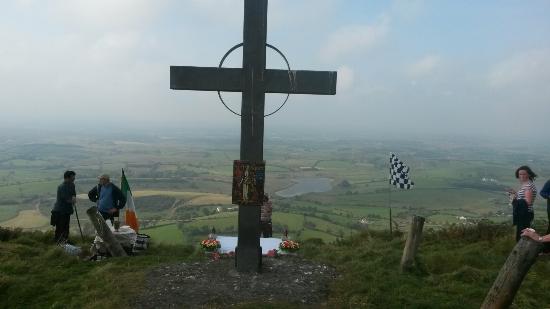
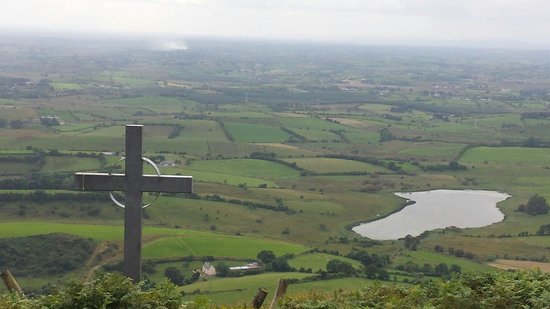
 William G. Henry & Co., Solicitors
William G. Henry & Co., Solicitors Stewart Fuel Oils, Boyle
Stewart Fuel Oils, Boyle

